Haryanvi Matrimony
by iMarriagesmatrimony site for Haryanvi speakers.
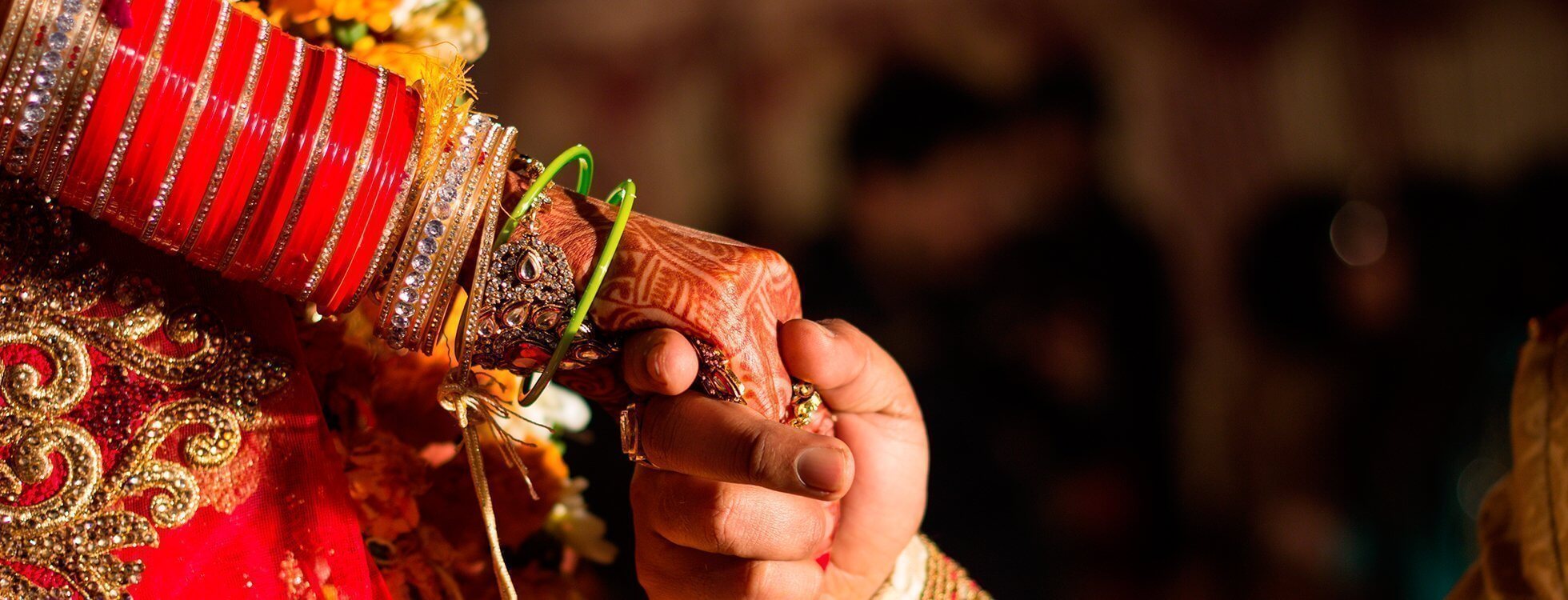

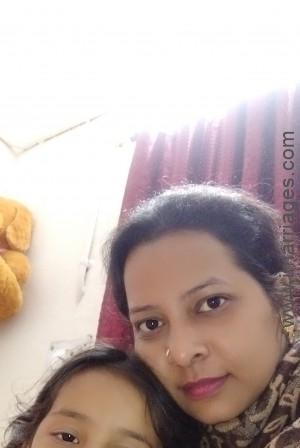
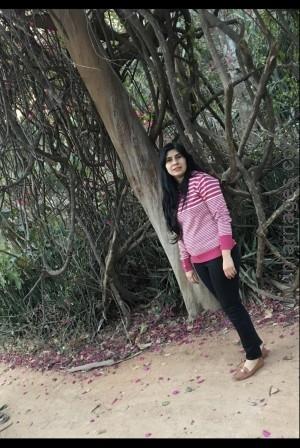
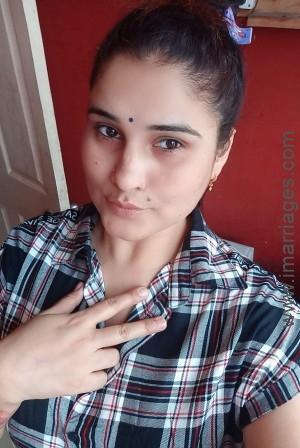
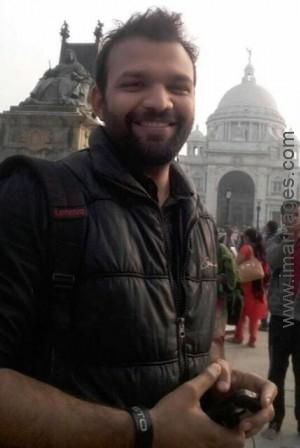
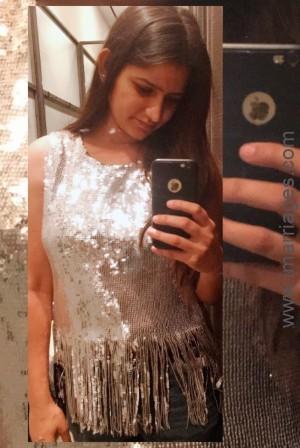
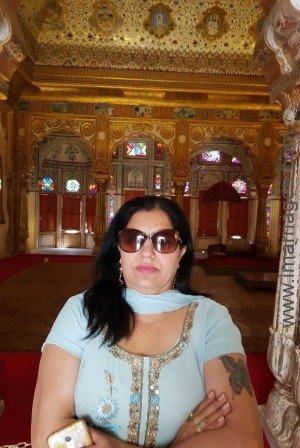
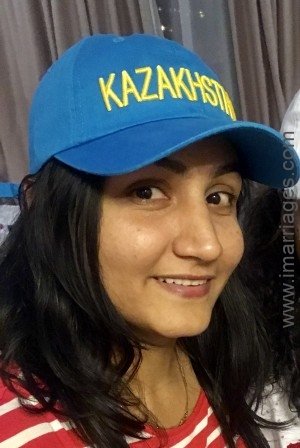

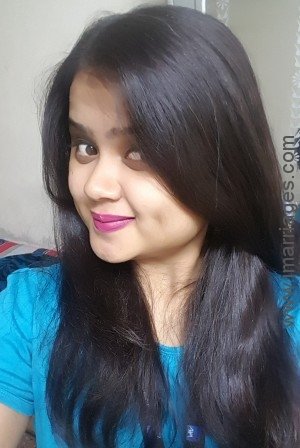



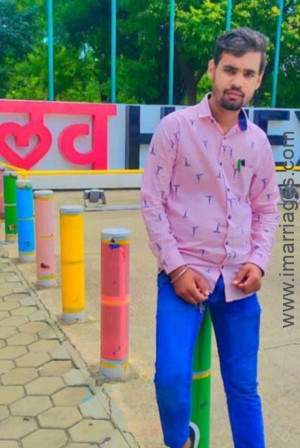
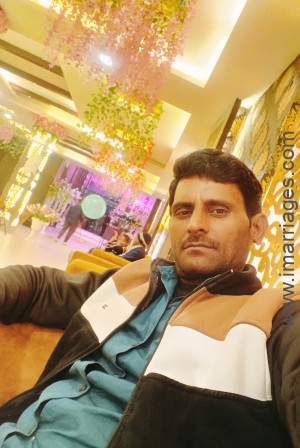
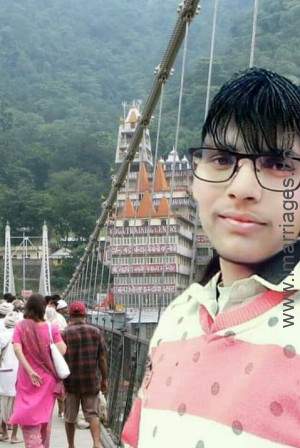

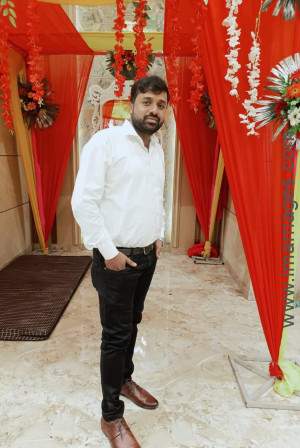

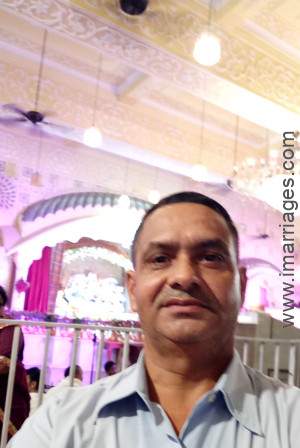
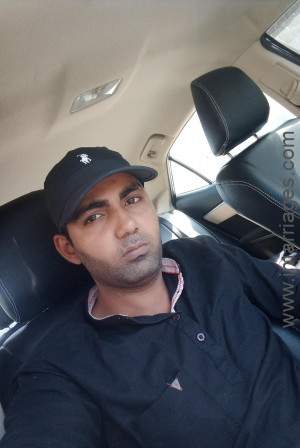





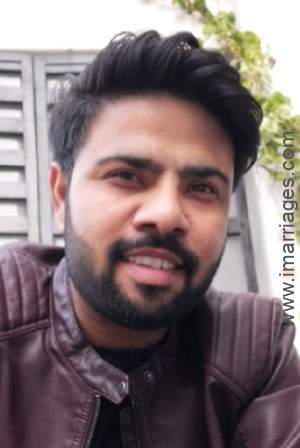
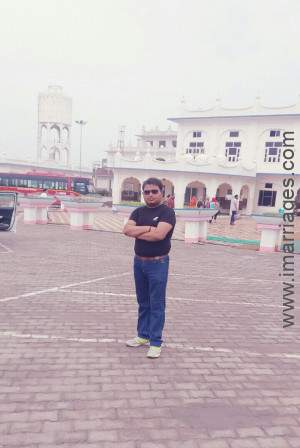
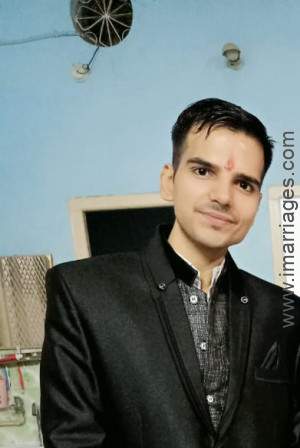
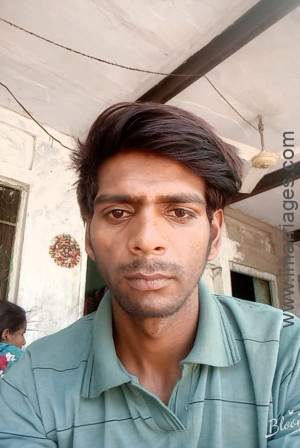
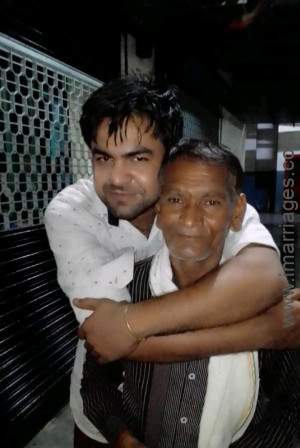
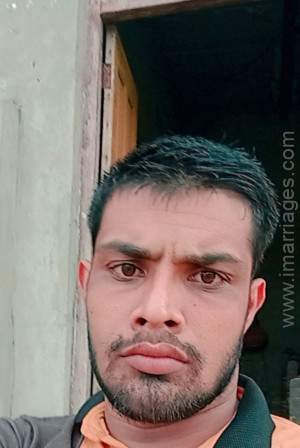

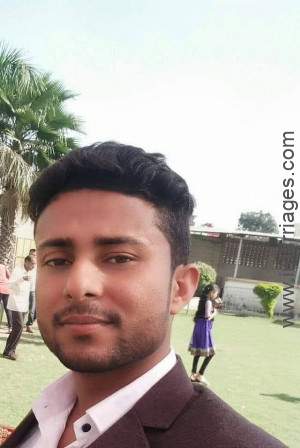
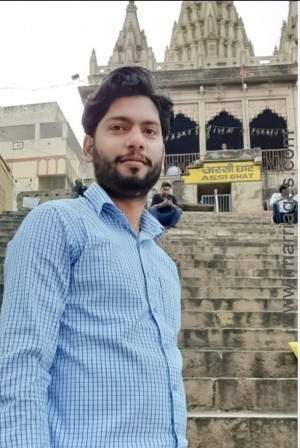
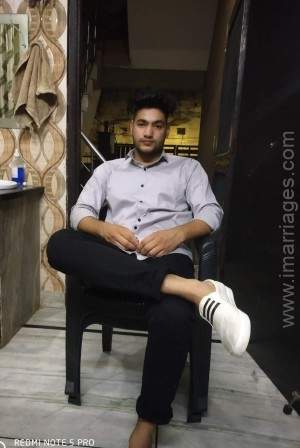
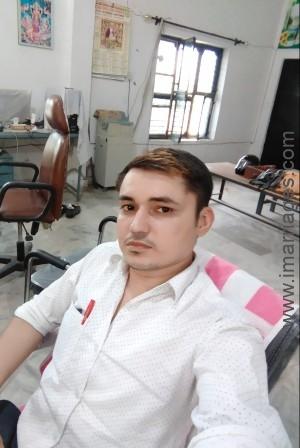
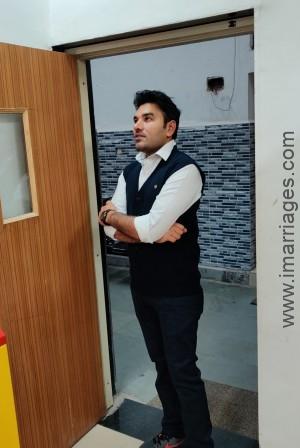
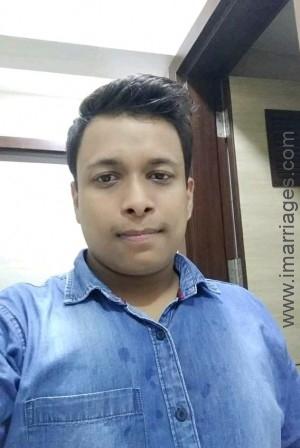
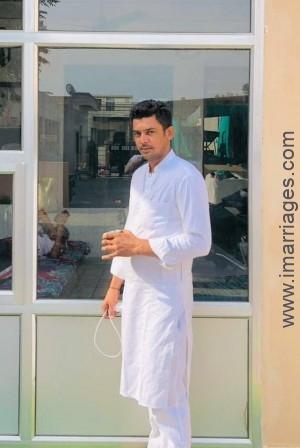
Welcome to Haryanvi Matrimony by iMarriages, a free matrimony portal for Haryanvi speakers with thousands of profiles in Haryana, Delhi and elsewhere.
Haryanvi matrimony takes place between a bride and groom whose mother tongue is Haryanvi. Considered the most nothern dialect of Hindi, Haryvani is native to Haryana and Delhi. Haryvani is popular is spoken often in folk songs which are refered to as Raginis.
This language uses a very aggressive tone. The term Haryvani is also used to describe people from Haryana.
For people of Haryana, marriages are an important and vivacious occasion. They believe that a relationship between a boy and a girl can be accepted only after marriage. They curb the dating system. The Haryanvi matrimonial ceremony is based on Vedic customs and traditions thus marriages are not allowed in the same Gotra. People of Haryana are very rigid in following their traditions with pride. Elders are given foremost important during all the rituals of Hariyanvi matrimonial.
A typical Hariyanvi matrimonial is very colorful and may extend for several days having various pre-wedding, wedding and post wedding functions.
Pre-Wedding Rituals
Sagai: It refers to an engagement ceremony. Once the elders of both the family agreed to the marriage proposal the Sagai is performed to mark the beginning of the wedding celebration. The groom visits the bride's house along with his family members. Groom's mother gifts the bride with a piece of jewelry and a colorful wedding dress. The groom presents the engagement ring to the bride which she wears on her left ring finger, indicating the formal agreement for marriage.
Bhat Nutana: In this ritual, the maternal uncles of the bride and the groom are invited to the wedding a month before the marriage. They will have to bring many gifts for the bride and groom. It includes clothing, sweets, and bangles in case of the bride.
Ban Baihana: Lord Ganesha the foremost destroyer of all the obstacles is worshipped during this ritual by both families to seek his blessings for an uninterrupted and peaceful wedding ceremony.
Pithi Lagana: This is similar to Haldi ritual in other parts of the country. During this ritual, a paste is prepared by seven married women by grinding barley, turmeric and mixing it with ghee. This is applied to bride and groom at their respective houses. It brings a glow on their faces.
Banori: This is a unique ritual of Haryanvi marriage in which after attending the Ganesh puja, the bride and the groom do not take food at their home. Thereafter their first meal is served at the presiding priest's house. This is known as baman banori. Subsequent meals are served at close relative's house.
Ratijka and Mehndi: On the night prior to marriage all family members of the bride and the groom celebrate the occasion of the wedding by singing traditional wedding songs, performing a traditional dance known as Khoria and worshiping deities. Meanwhile, Mehndi is also applied to the bride at bride's house.
Khichai: This ritual is held a day prior to the wedding at groom's place where all the relatives and villagers are invited to a feast with a traditional dish made of rice and daal.
Chak Puja: It involves worshiping of potter's wheel which is an important ritual in Haryanvi matrimonial. All marriage preparations will commence only after praying to the potter's wheel.
Barat Nikasi: This ritual refers to the departure of the groom for the wedding venue in a procession. The groom dressed up in Serwani rides a decorated horse. Before he departs all his relatives apply the ritualistic 'tilak' on his forehead. Relatives and friends dance to the rhythm of North Indian exceptional musical instrument called dholak.
Wedding Rituals
Seha: It refers to the ceremonial welcome rendered to the groom's procession as they reach the wedding venue. The groom has to touch the Toran (floral decoration on the front door) with his sword before entering.
Varmala: The groom is then led to a stage where he is showered with flowers by the bride. Following this, the groom and bride exchange garlands, known as Varmala, following this, the groom's mother-in-law measures the groom's chest and prods him to make sure that he is tough enough to defend her daughter. She then applies kajal on the groom to ward off evil spirits followed by an aarti.
Hathlewa: Once the groom and the bride sit on the wedding mandap the priest performs a puja to Lord Ganesha. Then he puts a coin and mehndi on the groom's right hand and ties his hand with that of the bride's hand, symbolizing of their coming together.
Kanya Dan: The bride's father pours sacred water on joined hands of the couple symbolizing the giving away of his daughter to the groom, in front of all the guests who have gathered for the wedding. The groom promises to take care of her daughter by reciting various Vedic mantras.
Phera: The priest ties the end of wedding garments of the couple with a sacred wedlock. Then the couple got up to encircle holy fire seven times while making seven promises to be fulfilled in the married life, after this they are considered to be 'married' to each other.
Thapa Lagana: After completion of wedding rituals, an imprint of the bride's and groom's hands in mehndi or haldi is made on the wall of bride's home.
Post-Wedding Rituals
Kanwar Kaleva: It refers to a grand feast offered to the groom's family members and friends by the bride's side. This is followed by Rangbari ritual in which all the new ornaments and clothes that were brought for the bride are put on display.
Dat: The bride's family presents utensils, clothes, ornaments etc. to the groom and his relatives.
Vidai: It is an emotional moment where the bride bids a final goodbye from her parents. Family and friends shower her with blessings and gifts and send her off with a tearful farewell. The male members of the bride's family apply tilak on the groom's forehead and present him with gifts during the vidai.
Griha Pravesh: On arrival of the bride at her new home, her mother-in-law welcomes her with the traditional Aarti. At the entrance, she puts her right foot on a tray of vermilion powder mixed in water or milk and enters inside while demounting a vessel filled with rice.
Dwar Rukai: This is a fun-filled ritual where the couple is stopped at the entrance of the house by either the groom's sister or his aunt. By using an earthen vessel filled with salt and water, the sister/aunt ward off evil spirits from the couple and the pot are thrown on the ground and destroyed. After this, the couple enters the house.
Kanka Doraa: The sacred threads tied during wedding rituals on couple's hand are removed and put at the boundary of the village.
Muh Dikhai: In this fun-filled ritual where each member of the groom's family takes a turn to get acquainted with the new bride and offers her gifts.